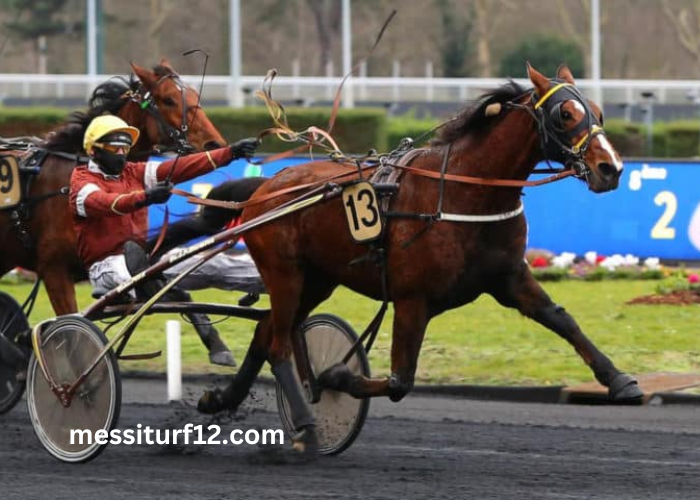Quarté en OR is a popular form of turf betting that offers bettors the opportunity to predict the first four horses to finish in a race in exact order. This section introduces readers to Quarté en OR, explaining its appeal, how it differs from other types of bets, and why understanding this betting format is crucial for anyone interested in maximizing their success in turf betting. Quarté en OR is known for its challenging nature, requiring precise predictions to win. Unlike simpler bets like win or place, Quarté en OR demands a deep understanding of horse racing dynamics, form analysis, and strategic betting.
Understanding Quarté en OR Odds and Payouts
In Quarté en OR betting, the odds and potential payouts are structured to reflect the difficulty of predicting the exact order of the top four finishers in a race. This section dives into the specifics of Quarté en OR odds, how they are calculated, and what factors influence them. Understanding odds is crucial for bettors looking to make informed decisions and identify value in the betting markets.
Payouts in Quarté en OR can vary significantly based on the number of participants and the amount of money wagered on each combination. Strategies for maximizing potential payouts include considering combinations of favorites and outsiders, understanding the field’s composition, and incorporating past performance analysis into betting decisions.
Strategies for Successful Quarté en OR Betting
Successful Quarté en OR betting requires a combination of skill, knowledge, and careful analysis. This section explores effective strategies for improving your chances of winning in Quarté en OR betting. Strategies may include analyzing form guides, studying jockey and trainer statistics, evaluating track conditions, and assessing race dynamics.
Advanced Quarté en OR betting strategies involve handicapping, where bettors assess various factors to determine which horses are most likely to finish in the top four positions. This section provides insights into advanced handicapping techniques, including speed figures, pace analysis, and pedigree assessment.
Analyzing Form and Past Performances in Quarté en OR
Form analysis and past performances are critical components of successful Quarté en OR betting. This section delves into how bettors can analyze form guides to assess each horse’s recent performances, track conditions, and suitability for the race distance.
Understanding how to interpret form indicators such as recent finishes, speed ratings, and trainer/jockey combinations can provide valuable insights into each horse’s potential performance. This section also discusses the importance of considering race-specific variables such as track biases, weather conditions, and historical race trends.
The Role of Jockeys and Trainers in Quarté en OR Betting
In Quarté en OR betting, the expertise and track record of jockeys and trainers play a crucial role in predicting race outcomes. This section explores how bettors can evaluate jockeys and trainers’ performances and assess their impact on a horse’s chances of finishing in the top four positions.
Factors such as jockey tactics, trainer form, and historical success rates can provide valuable insights into which horses are likely to perform well in Quarté en OR races. Strategies for incorporating jockey and trainer analysis into betting decisions include tracking performance trends, assessing training methods, and monitoring stable form.
Conclusion
For experienced Quarté en OR bettors looking to enhance their betting strategy, exotic bets and handicapping techniques offer opportunities for increased profitability. This section explores advanced Quarté en OR betting strategies, including exotic bets such as exacta, trifecta, and superfecta, which involve predicting the exact order of finish for multiple horses.
Handicapping techniques involve evaluating various factors to determine each horse’s likelihood of finishing in the top four positions. Advanced handicapping strategies may include analyzing pace scenarios, studying workout patterns, and assessing race dynamics.

